Juneteenth was originally established to commemorate June 19, 1865, when enslaved African Americans in Galveston, Texas heard the reading of the Emancipation Proclamation and learned that they were free. However, Juneteenth is not the only freedom celebration in the United States. For more than two hundred years, Black Americans have selected various dates—including January 1, March 3, July 5, and August 1—for the day’s local significance to the abolition of the slave trade and slavery. With the recent creation of Juneteenth as a federal and state holiday, today we’re reflecting on education as one of many ways that African Americans manifested freedom in Virginia.
— Krystal Appiah, Curator of Virginia Collections
Nansemond County Training School was the first high school for African Americans in Suffolk, Virginia in 1924. We recently received the Margaret Stephenson Collection on Nansemond County Training School (MSS 16683) which documents the work of alumni from 1998 to 2007 to preserve the school and its history—which is also their history. They made a documentary film “Living Through Our Roots” about the school which is included in the collection. Alumni also held reunions to encourage former classmates to share their memories and ephemera in the film. I have enjoyed learning about the school and the people who attended it, and I feel enriched by their personal and uplifting perspectives on life after having lived through segregation. We would like to explore this new collection with you as a celebration of Juneteenth.
— Ellen Welch, Manuscripts and Archives processor
The Nansemond County Training School grew out of a one room building named Little Fork School located on the estate of William Jackson Copeland. According to former second grade teacher Paula Dozier, Copeland envisioned providing a building site to meet the educational and cultural needs of African American children before the turn of the century. The original school was destroyed by fire; its replacement was built in 1924 and become known as the Nansemond County Training School.
The school, with seven classrooms and one auditorium, contained an elementary and secondary school, and was one of ten Rosenwald schools in Suffolk, Virginia. The Rosenwald schools were known for their standardized floor plans which were designed to let sunlight into the classrooms in the afternoon to save money on electricity and heating. Hannibal E. Howell was its first principal from 1919 to 1961, serving for 42 years. In 1964, the name was changed to Southwestern High School and, after the racial integration of county schools, became Southwestern Intermediate School. Today it is called Southwestern Elementary School and is located next to the Nansemond County Training School (which is currently used for storage).
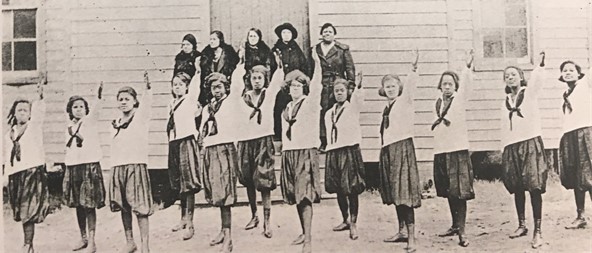
1920’s Photograph of a 4-H Club meeting on the grounds of the new school. (Courtesy of Ruby Holland Walden)
Rosenwald schools were partially funded by Julius Rosenwald (1862-1932), an American businessman, philanthropist, and part owner of Sears and Roebuck Company. Rosenwald met Booker T. Washington in 1911, and Washington encouraged Rosenwald to address the poor state of African American education in the South. In 1917, Rosenwald incorporated the Julius Rosenwald Fund to help fund schools with inadequate buildings and teaching materials. The fund required matching support from the community, parents, and local government. Nansemond County Training School received $1,500 from the Rosenwald fund, $5,000 from African American families, and $11,500 in public money.
By the time the program ended in 1932, the Rosenwald Fund had supported nearly 5,000 schools, 217 teachers’ houses, and 163 shop buildings for the education of Black students in the rural South. The documentation in the National Register of Historic Places states that the “Nansemond County Training School is an excellent example of rural southern school architecture, and the combination of public and private money and monies from the Julius Rosenwald Fund show how strongly the community wanted to be able to educate its African American population in a modern school building.”
According to an article by Phyllis Speidell in the 2008 Virginia Pilot article “Raising Funds to Restore Historic School into Heritage Center,” “Many of the Rosenwald schools have disappeared or deteriorated, while the Nansemond County Training School stands strong because it was constructed by skilled Black stonemasons living in the area.”
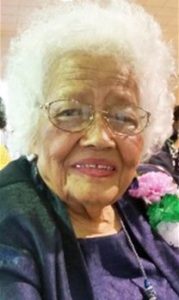
Ruby Walden (1921-2020; Class of 1938). Her slogan: “what I can, I ought to do. With God’s help, I will do.”
One of the school’s alumni, Ruby Walden (1921-2020; Class of 1938), recalled the struggles of those who attended the school endured just to get basic school supplies. She carried a notebook full of court documents from a court case about the segregated schools—those papers detailed everything from the disparity in library space between Black and white schools to a list of patrons who had given money to help fight the case. In the Suffolk News Herald article “Former School’s Alumni Recall Past, Look to the Future” (October 1, 2013), news editor Tracy Agnew quotes Walden: “We’ve come a long way with a whole lot of struggles,” citing how Black children had to walk to school while white children were provided with buses for transport. Walden added, “I’m proud of the school, but I’m not proud of the fact we could have had a much better education.”
In another article “What She Could, She Did” by Jimmy Laroue in the Suffolk-News Herald (December 29, 2020), Walden is interviewed by Dr. Cassandra Newby Alexander in 2008 as part of an oral history of Virginia’s appellate court. It describes the active leadership of Ruby Walden:
“As part of her legacy, Walden worked with the Suffolk-Nansemond branch of the NAACP to help start a community center and the Nansemond Community Ballpark. She also helped organize the Holland-Holy-Neck Civic League, helping increase voter participation and helped start a Legal Aid Society in Suffolk. Walden also worked with the Literacy Council and spoke personally with the Reverend. Dr. Martin Luther King Jr. when he visited Suffolk, an event she estimated about 20,000 people attended. Walden said, “integration was the law of the land,” so they were torn between integration and their lawsuit to equalize the schools. She recalled that the “whole state started out in ‘massive resistance,’ and then it went to ‘freedom of choice,’ and then ‘assignment.”
In thinking of her fond memories of the school, Nansemond graduate Mae Burke (Class of 1959) said, “We don’t want to live all our lives and not leave anything for future generations. We don’t want to live here and work here and raise our children here and have nothing to show for it. I think it is a good thing to tell the history.” She and Wardell Baker (Class of 1956), president of the Heritage Center Association, hope that the school can be restored, preserving a historic African American legacy in Suffolk. He said, “This is not an African American project—it’s for the entire area, the whole community.”
Despite the hurdles and inequities of a segregated school system and society, many of the Nansemond/Southwestern alumni achieved academic and professional success, graduating from universities including New York University and Norfolk Polytechnic State University (Norfolk State University) and having professional careers as teachers, doctors, politicians, and lawyers. Our work now is to share their legacy and preserve the story of this school.
This collection was recently donated to the Small Special Collections library by Margaret Stephenson, an architectural historian who collected materials from 1988-2007 to document the effort to preserve historic Nansemond County High School. Stephenson (1942-2014) was born in Richmond, Virginia to Lucille Long Bowles (originally of Severn, North Carolina and later of Como, North Carolina). She earned a master’s degree in architectural history from the University of Virginia and worked for the City of Raleigh’s Planning Department and the Virginia Department of Transportation’s Environmental Division. The Nansemond County Training School was added to the National Register of Historic Places in 2004 in (Holland) Suffolk, Virginia.


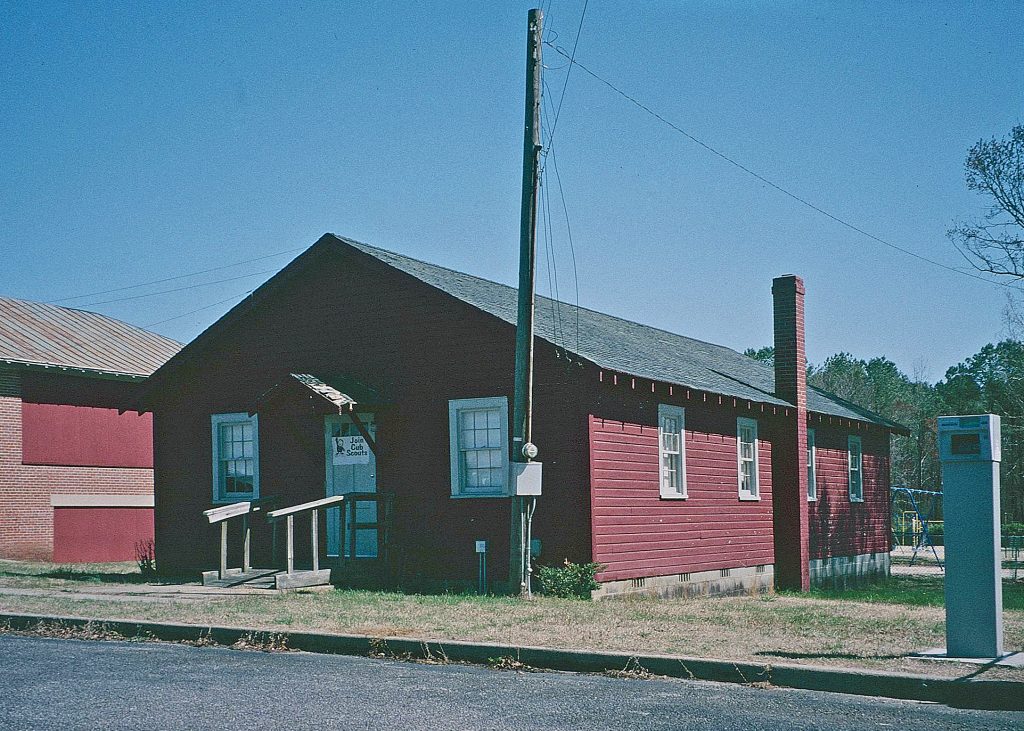
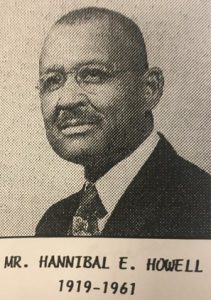
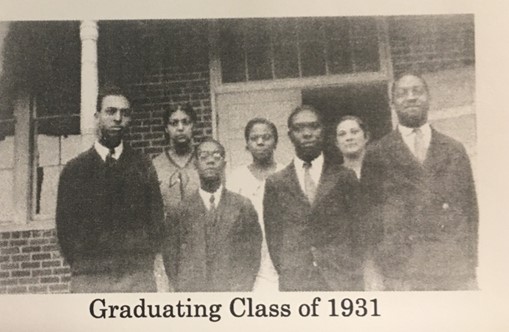
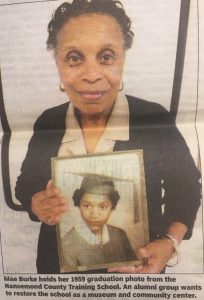
My Parents went to this school…They Knew Professor Howell well.